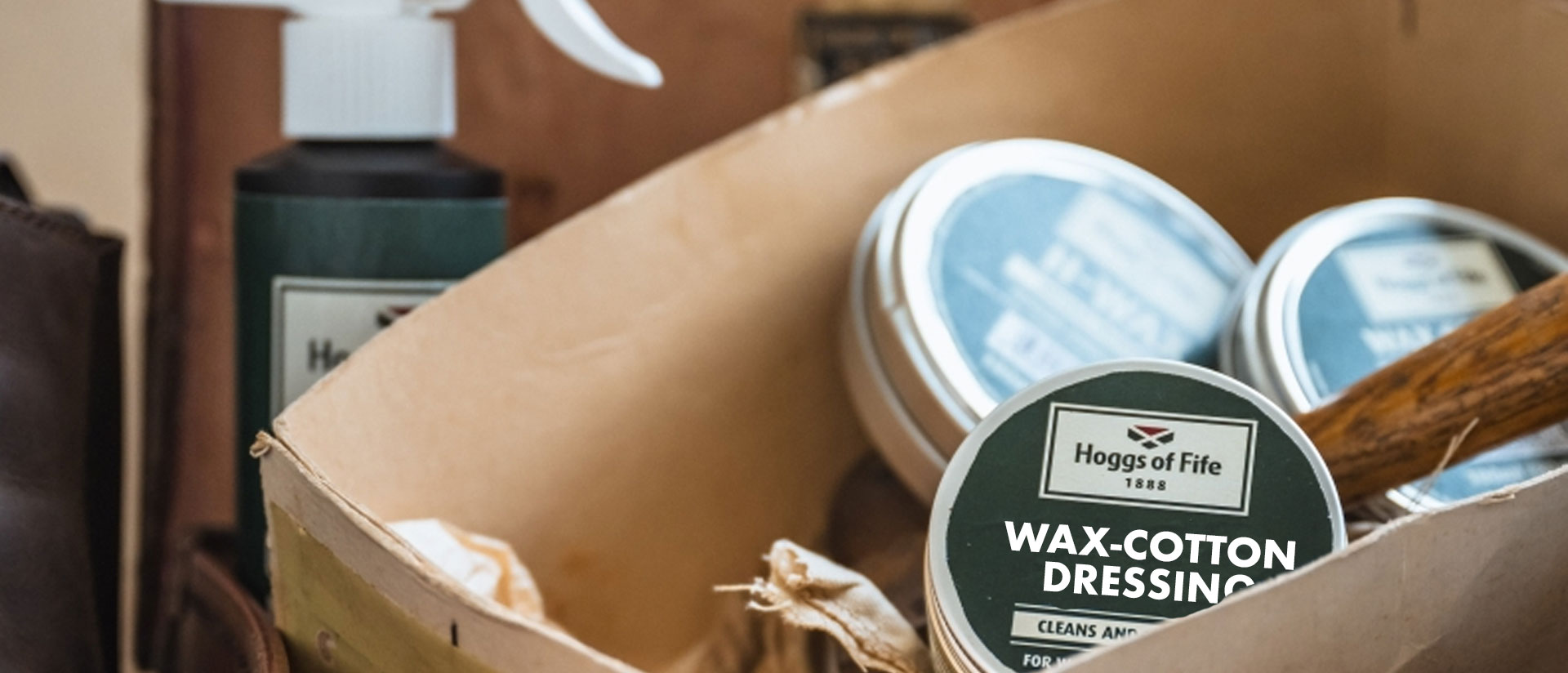Filter by Topic:
Posted by Bethan Bithell on Aug 27, 2015
Whether you've decided to take up walking to get yourself out of the house, perhaps shed a few extra pounds or to simply make the most of the countryside, there's no doubt that what you wear will help to enhance your enjoyment and safety!
There are three types of walking, each with different levels of difficulty. These are:
- Lowland Walking
- Trekking
- Backpacking
Find out below what you should be wearing to fully enjoy your past time and to stay safe.
1. Lowland Walking
Lowland Walking involves walking along less demanding conditions and environments, such as well set out paths that are clearly marked and maintained. If you think your fitness level is a bit low then, ideally, you should start with lightweight trekking, as the routes will be fairly level and there will be very few obstacles to deal with. For more information on what to wear for lowland walking, please view our article - Lowland Walking and What to Wear here.
Essential kit for Lowland Walking
The Grisport Java walking shoe has been designed and manufactured to keep you safe and stable as you walk - even in tricky conditions. This lightweight walking shoe offers fantastic grip, comfort and support, along with those important waterproof and breathable qualities. Alternatively, if you prefer a bit more ankle support, the Grisport Palermo walking boot, weighing in at 1040g, offers the comfort and protection you're likely to need as you enjoy your walk.
To achieve ultimate comfort at the heel and sole of your foot, it's necessary to wear the right kind of walking sock. The Hoggs of Fife Field & Outdoor Socks is a 'loop-stitched' sock (i.e. within the manufacturing process, fine loops of wool have been built into the inside of the sock) which provides extra cushioning whilst you walk.
A lightweight waterproof, breathable and windproof jacket will offer protection from the elements. The Stow & Go Waterproof Jacket is perfect for trekking, as it offers full protection against those changes in the weather and will pack away small enough to carry in your rucksack!
2. Trekking
Trekking involves several days hiking often on rugged territory. However, lightweight trekking is a bit less strenuous and shorter in distance!
Essential kit for lightweight trekking
In order to prevent ankle twisting or perhaps slipping, whilst on difficult terrain, your walking boots need to be more rugged than those you would wear when lowland walking. The Grisport Exmoor shoe looks like a traditional shoe, but has many hidden features. Designed using top quality Italian leather and incorporating a five layer sole unit design, the Exmoor shoe is a rugged, sturdy, stable and comfortable shoe. Designed with a Vibram sole unit, this walking shoe is simply perfect for lightweight trekking.
As you are likely to encounter difficult terrain when trekking, such as slippery hills, rocky grounds or muddy paths, a walking stick may be a necessity! There are many benefits of using a walking stick, whether it be a wooden ash coppice walking stick from Classic Canes, or a traditional adjustable hiking stick. A walking stick (or hiking stick) provides stability when walking up slippery surfaces and also takes the strain off your knees when walking down steep embankments. Therefore, it is recommended that you are equipped with either a wooden walking stick or an anti-shock hiking stick, to help you cross difficult conditions.
3. Backpacking
Backpacking involves strenuous hiking - whilst often enjoying breathtaking views! Traditional backpacking involves hiking for several days, usually when touring a country, so good quality, sturdy footwear and equipment is highly recommended!
Essential kit for backpacking
As you 'backpack' and the altitude changes, wearing the right clothing is essential for both your safety and comfort. Wearing thin baselayers against your skin will 'wick away' moisture, helping to prevent hypothermia and keep you dry and warm all day long.
In addition choosing the correct footwear is a must! For example, the Grisport Everest boot is a heavy-duty backpacking boot designed and crafted to cater for walks of differing levels of difficulty. These boots are light to wear but really strong and will ensure absolute comfort. The Everest boot incorporates many advanced features, including a Vibram sole unit, a Cordura lining, a waterproof and breathable membrane and a quick lacing system. Plus, this boot has been constructed with the five layer sole unit that guarantees comfort! Alternatively, you could try the Hoggs of Fife Munro walking boot. This a lightweight, full leather boot that has an UltraDry waterproof and breathable membrane. These boots offer all round protection from the environment.
In order to prevent blisters, it is essential that you wear the correct walking socks. For a 100% guaranteed blister free walk, the 1000 Mile socks are recommended. They have been designed with a unique two layer sock that helps to reduce the friction between your socks and your boots, as you walk. For more information on how to reduce blisters, please view our 'Don't suffer with foot blisters when hiking anymore! infographic'.
Well, whatever you choose to wear, do take care and enjoy your walking. Have a great time!

